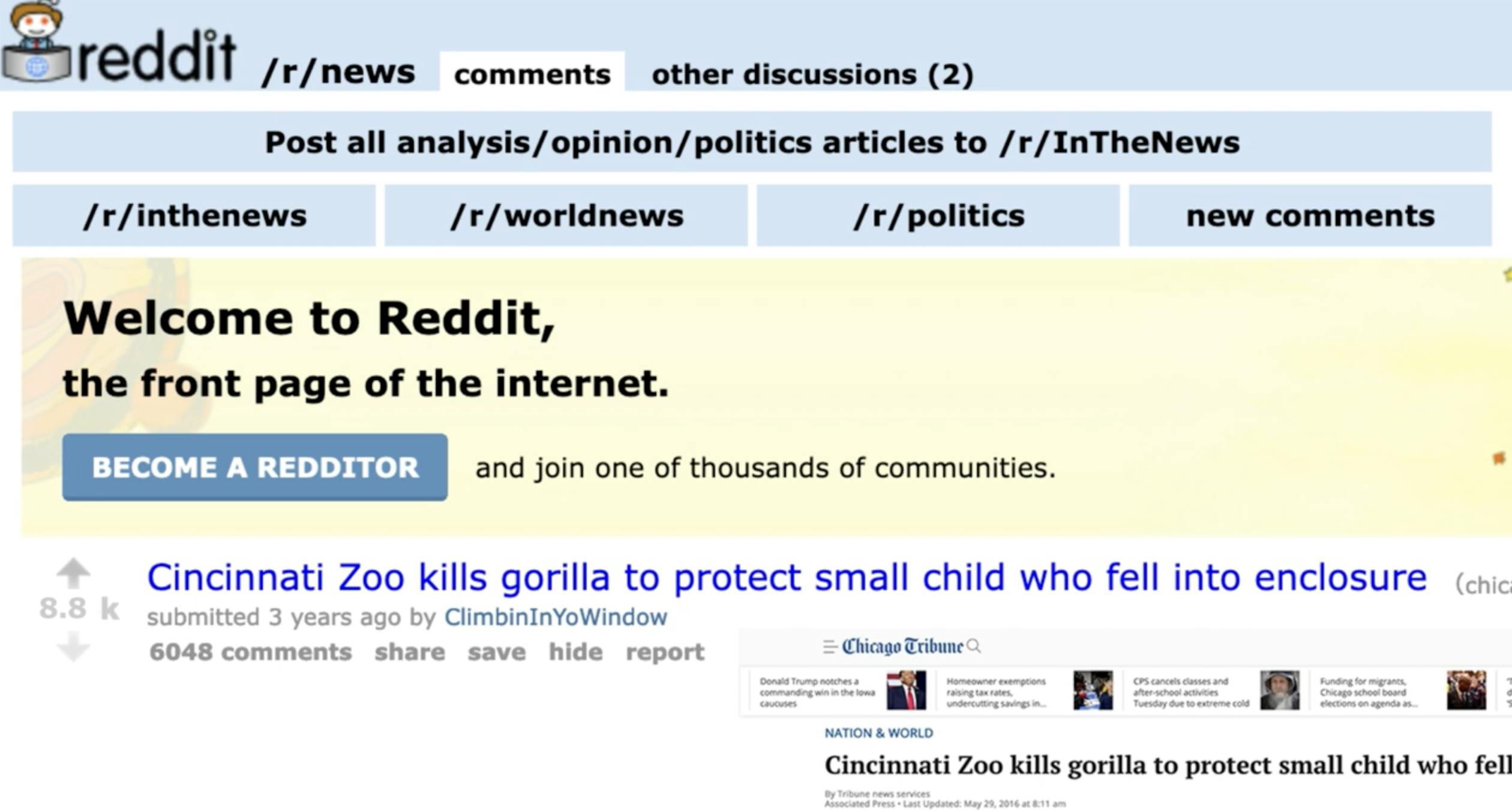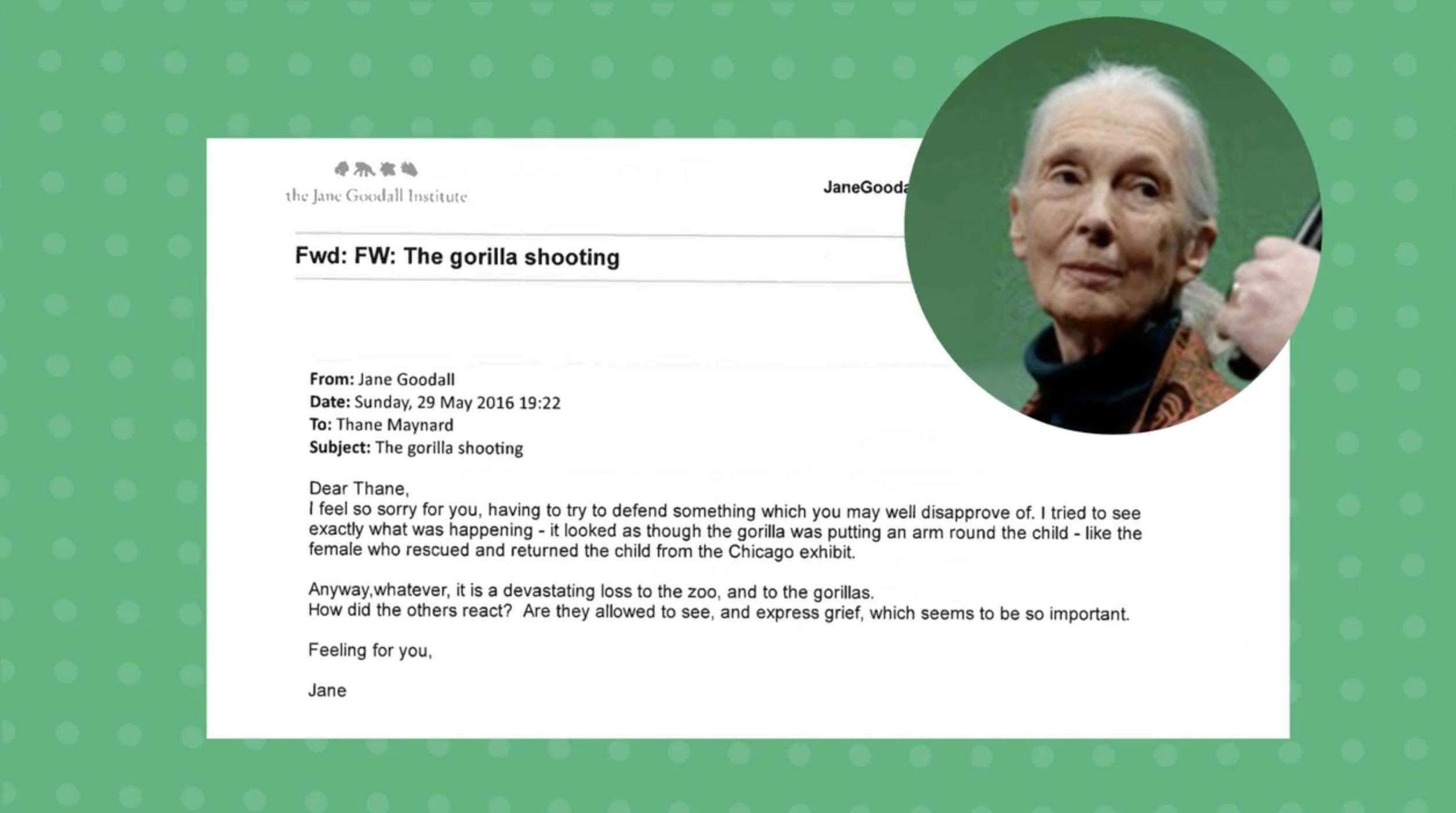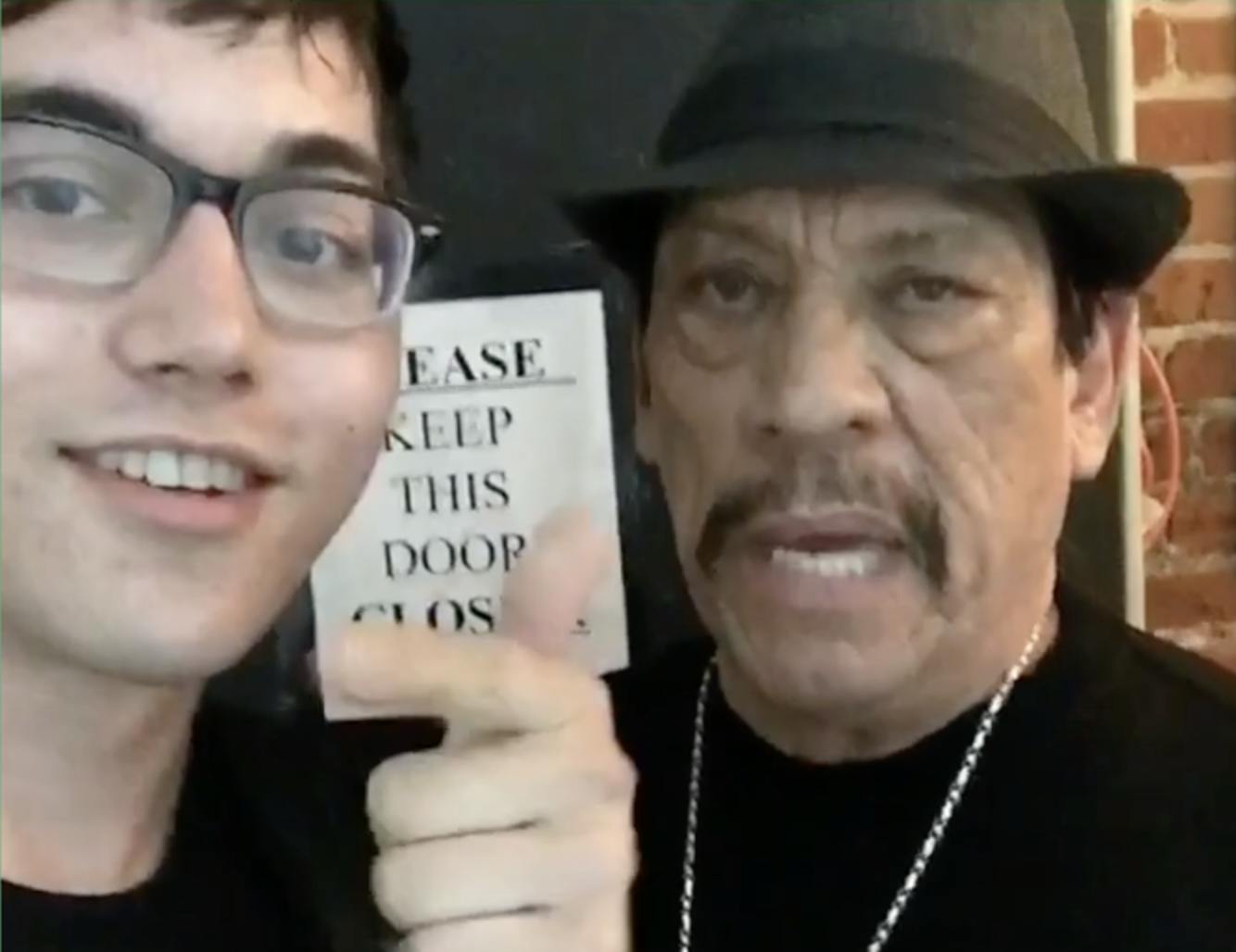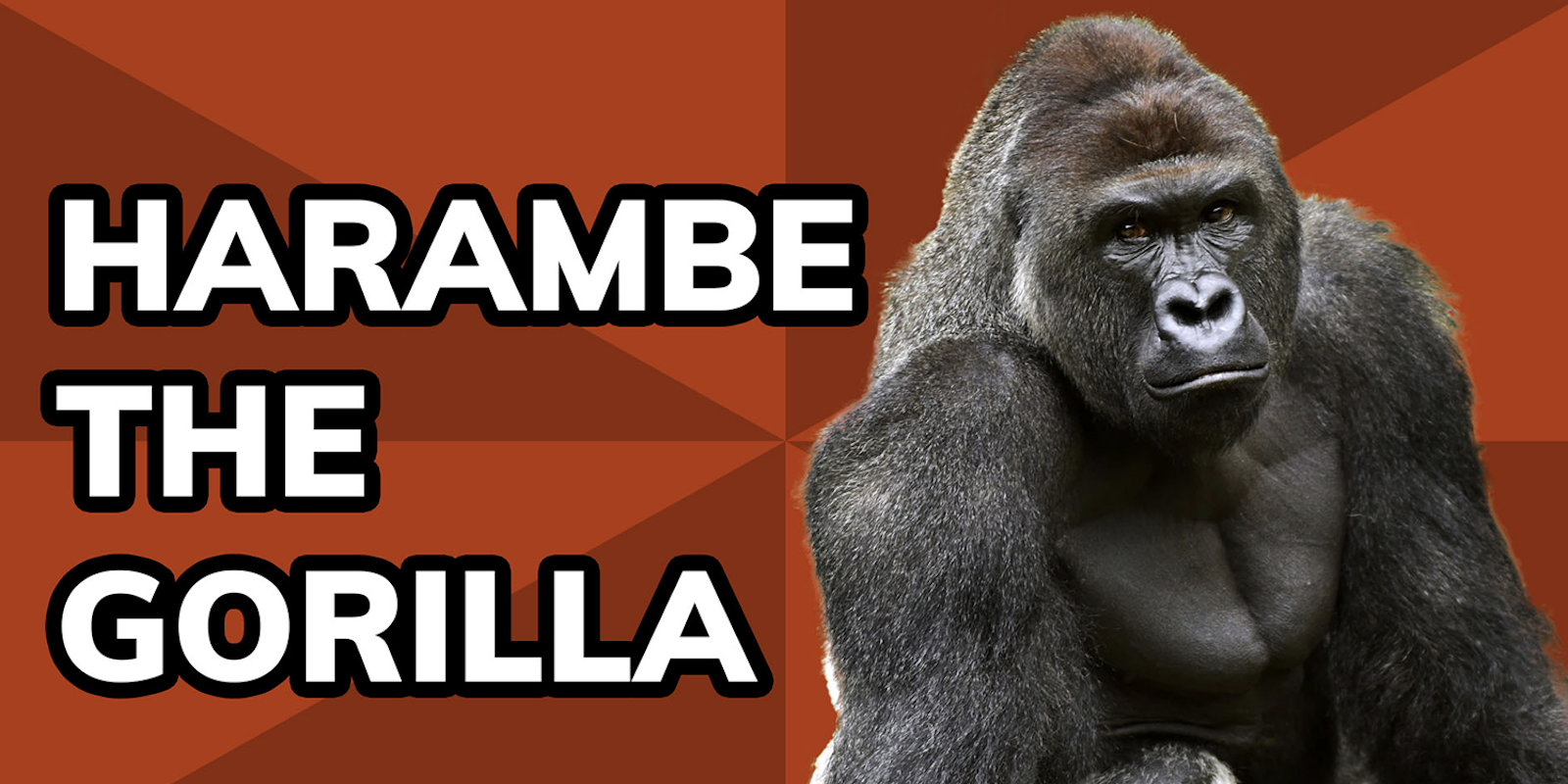On Memorial Day weekend in 2016, a four-year-old boy climbed into the gorilla enclosure at the Cincinnati Zoo, encountering Harambe, a 17-year-old, 400-pound silverback gorilla.
The ensuing agitation and disorientation of the gorilla amidst the chaos led zoo employees to make the difficult decision to shoot and kill Harambe to protect the child. A video of the incident uploaded to YouTube quickly garnered 12.6 million views and 41,000 comments.
Although Harambe was not actively harming the child, zoo officials explained that tranquilizers would have taken too long to effect and could have further aggravated the situation.
Zoo director Thane Maynard stated in a press briefing, “The child was at risk. We’re very fortunate that he’s okay.”
The incident sparked outrage online. A Reddit-shared local news article received thousands of upvotes, and a Change.org petition titled “Justice for Harambe” gained almost half a million supporters in its first week.

The petition demanded accountability from the zoo, Child Protection Services, and the Cincinnati Police Department, citing negligence on the parent’s part. However, accusations of racism surfaced, considering the child and his parents are Black.
JusticeForHarambe and #RIPHarambe trended on social media, and the story was picked up by major news outlets. Animal rights activists held vigils, and the debate over gorilla captivity intensified.
Jane Goodall, in a letter to the zoo director, suggested Harambe might have been trying to protect the child but sympathized with the zoo employees’ decision.

The controversy escalated when a Facebook page posted images comparing Harambe to Aboriginal Australian football player Adam Goodes, attracting backlash. The #DicksOutForHarambe movement, started by comedian Brandon Wardle and endorsed by Danny Trejo, jokingly called for armed revenge for Harambe’s death, with “dicks” being a euphemism for firearms.

The aftermath of Harambe’s death revealed the polarizing nature of the incident. Thane Maynard’s Twitter was hacked, false rumors circulated about Harambe receiving votes in the 2016 election, Harambe raps appeared on SoundCloud, and J.K. Rowling tweeted a Harambe patronus image.
This wide-ranging response underscored how comedy and memes can serve as society’s means of self-examination.
In retrospect, the year 2016 was tumultuous, and Harambe’s death exemplified this.
The Cincinnati Zoo’s decision, made in a split second to save a human child, was complex and fraught with moral dilemmas. The controversy and emotional response to Harambe’s death reflect the often messy reality of dealing with loss, especially of beings we care about.
For more Meme History, watch this space and subscribe to our YouTube channel to watch new episodes as they become available.



